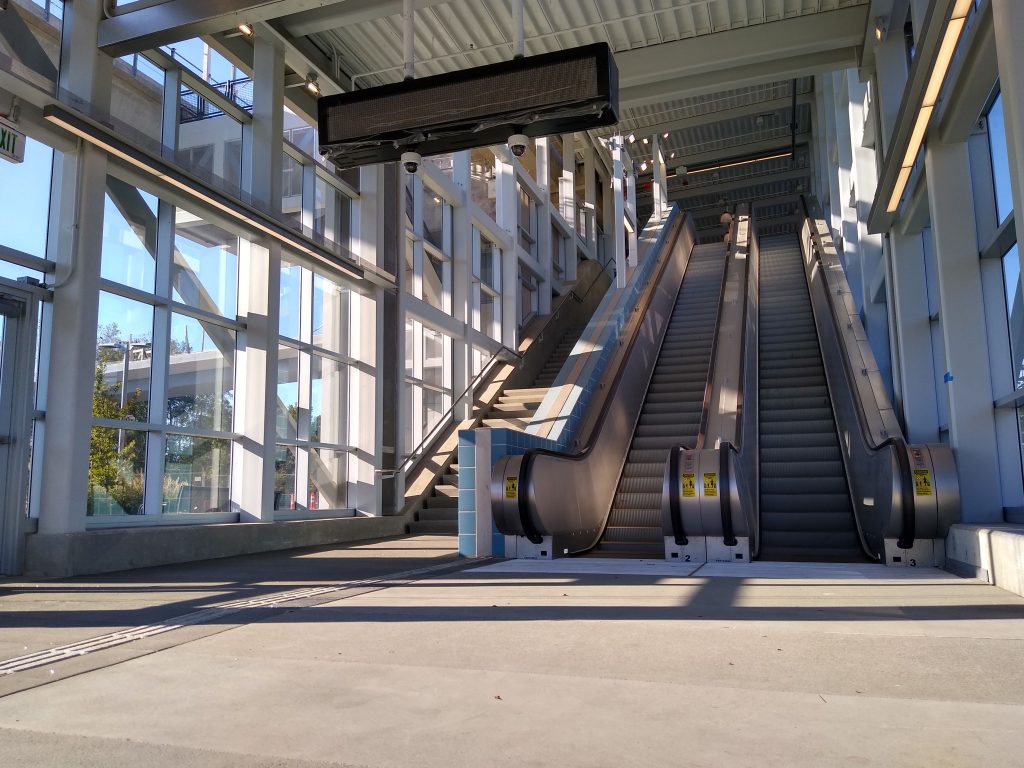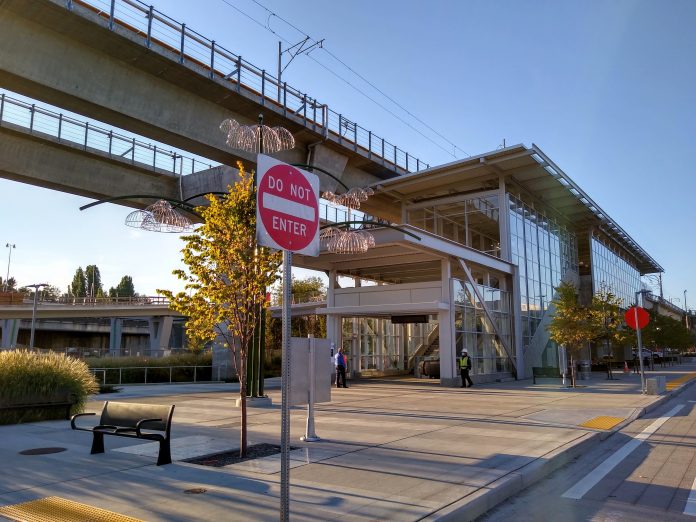
Yesterday, we showed you inside U District Station, and now here’s Northgate. On October 2nd, Northgate Station will become the northern terminus of Sound Transit’s 1 Line for three years until the Lynnwood Link extension opens. Serving Seattle’s northernmost urban center, Northgate Station’s new transit bays and bus-only lanes will serve riders from points north as Sound Transit and Community Transit terminate buses here, providing riders an alternative to the ever-present slowdown on I-5 north of the Ship Canal.
With travel times between Westlake and Northgate of just 13 minutes, the time savings for riders currently taking buses along the corridor will be tremendous. Here’s a sneak peak inside the station, which will see its first in-service train depart for Angle Lake at 4:51am on Saturday, October 2nd.
The south station entrance will be the primary entrance most riders at this station will use. This entrance opens out onto the primary station plaza and will be close to most direct bus connections. Twin escalators carry passengers here but there is also a stairway available.
Northgate Station has a mezzanine level, which is where the ticket vending machines are located and where the proof-of-payment area begins. There is some seating available in this area, outside the fare paid zone. There are also public restrooms available on the mezzanine!
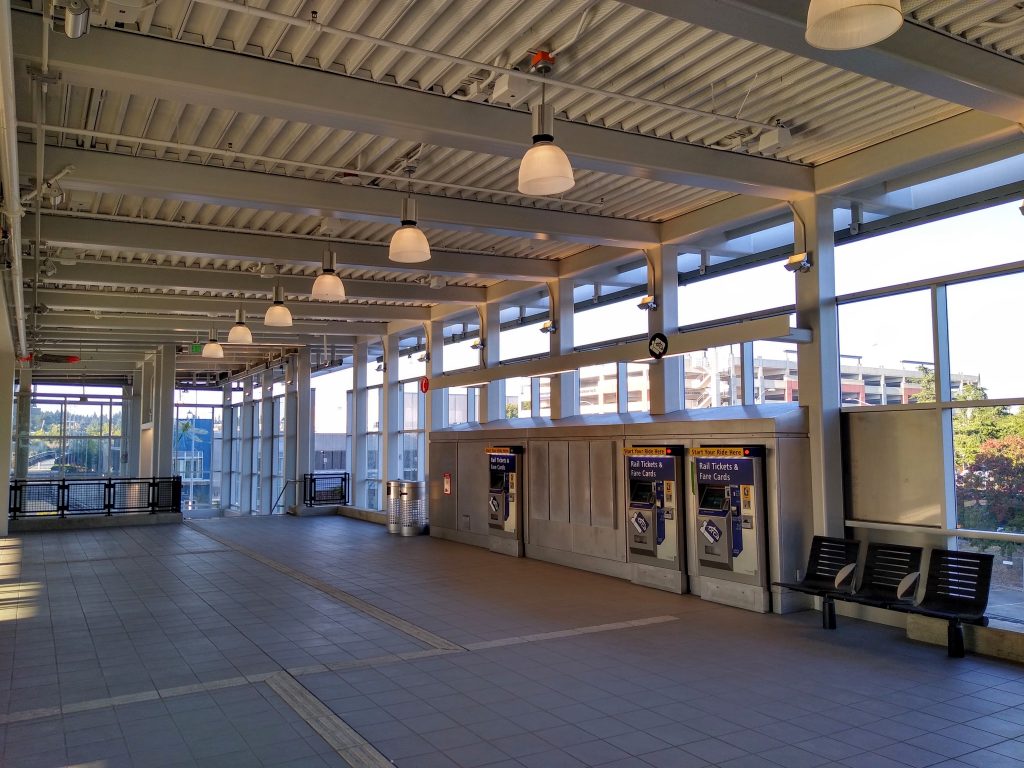
The mezzanine is also where the John Lewis Memorial bike and pedestrian bridge connects to the station. That bridge, a Seattle Department of Transportation project, will open to the public at 10:00am on the morning of October 2nd.
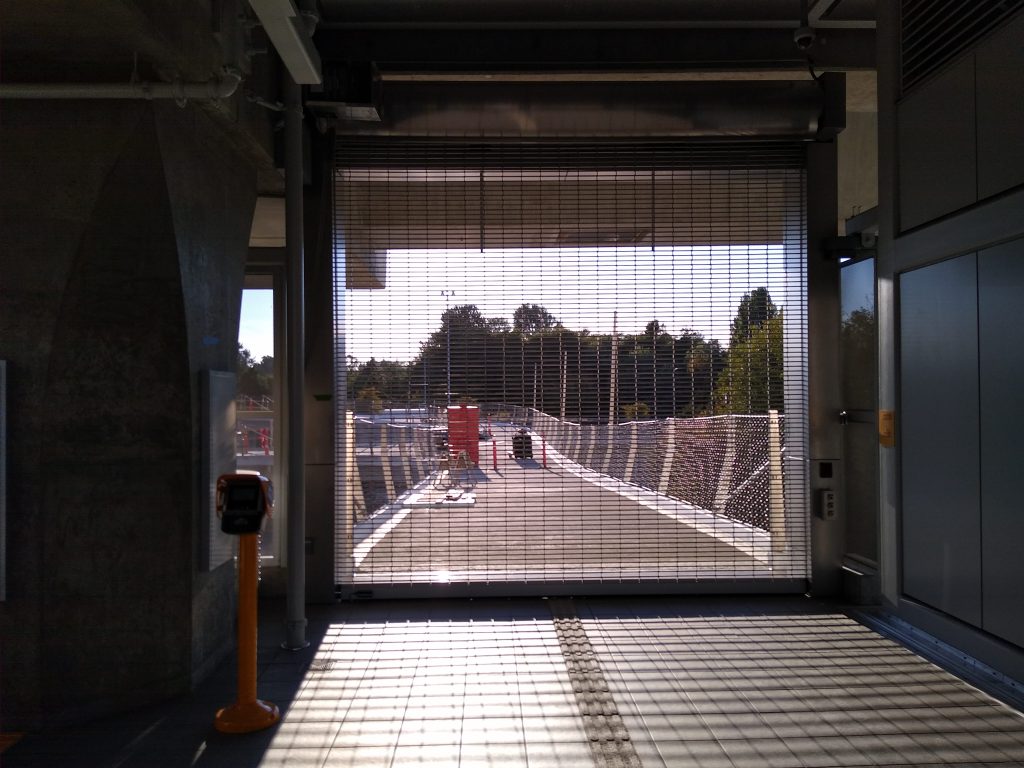
Following the main twin escalators up to the platform level, riders will board trains on both sides from a center platform, with the main station escalators bringing riders into roughly the middle of the platform.
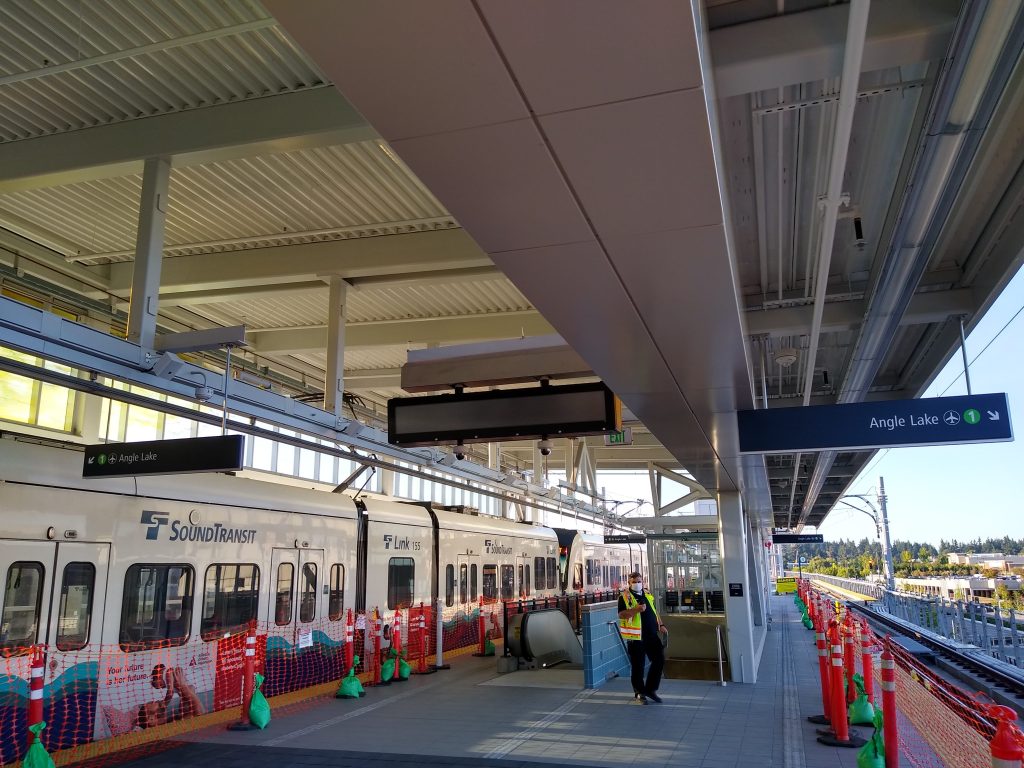
There is another escalator at the north end of the platform, but only one. It was set to bring riders up when I toured the station, so most riders disembarking will end up directed to the main escalators if they don’t opt for the stairs.
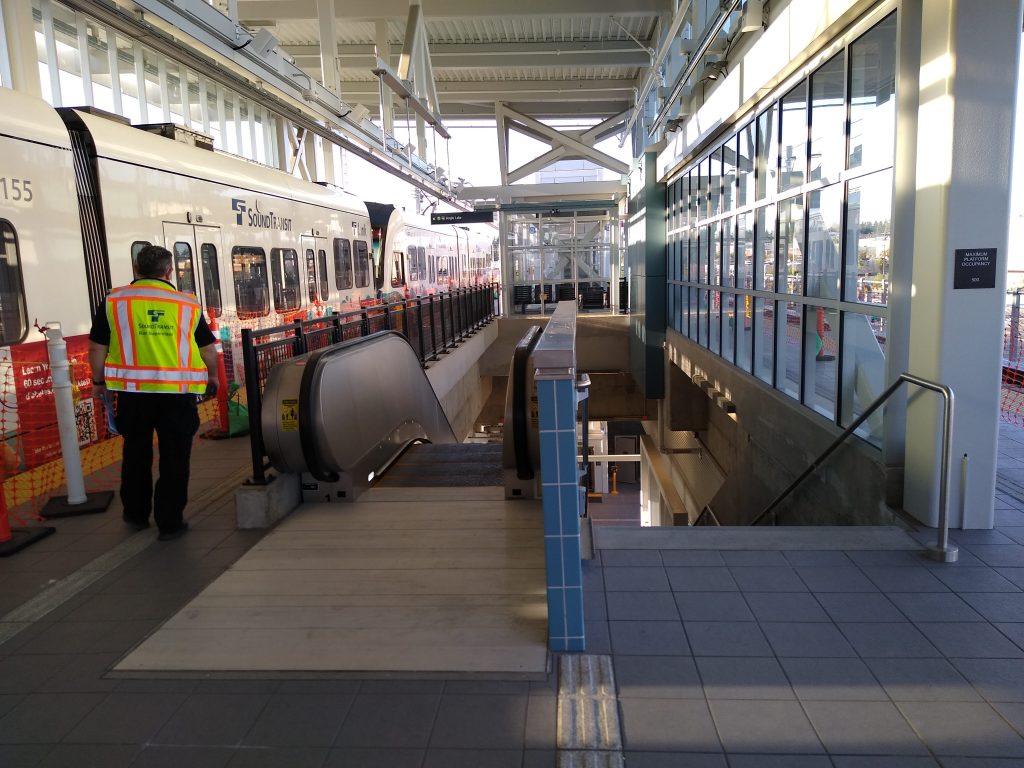
On the south end of the platform is a public stairway that provides great views of trains arriving and departing the station on either side.
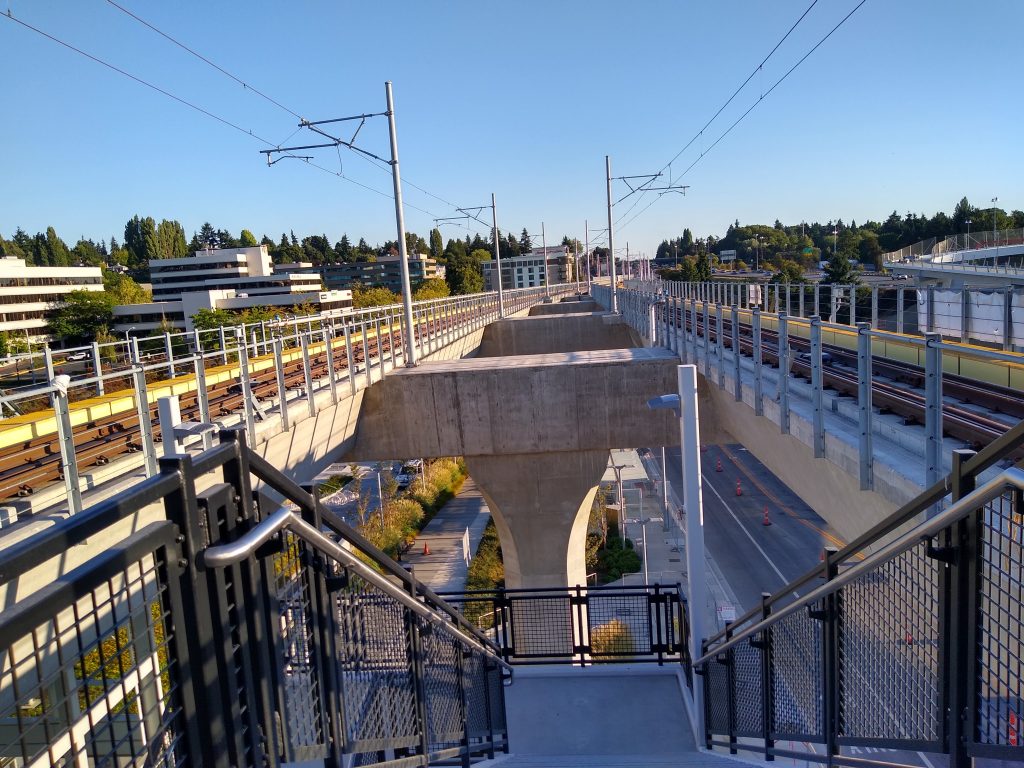
Outside the station, bus stops are well-integrated into the station vicinity, in contrast with stations like UW’s “Husky Stadium” Station. Riders will only have to go a short distance between bus stops and station escalators, and bus-only lanes will ensure traffic is mostly clear for them.
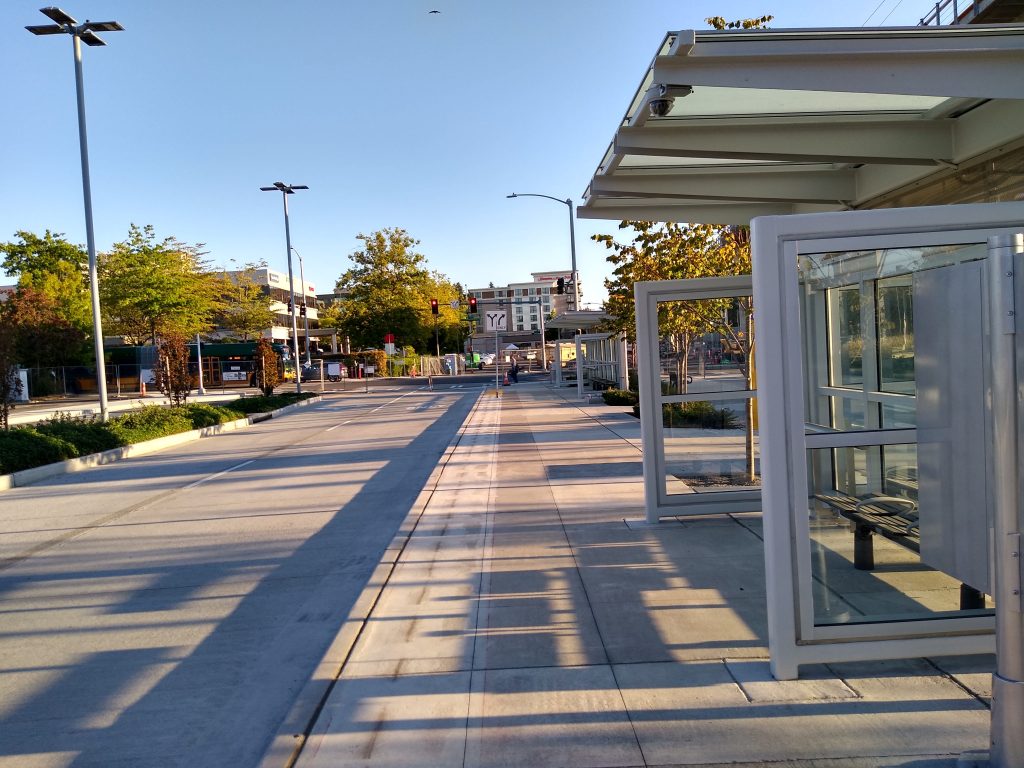
Northgate, Roosevelt, and U District Stations open in just nine days. Make sure to check out our guide to the entire light rail extension and watch for more coverage to come.
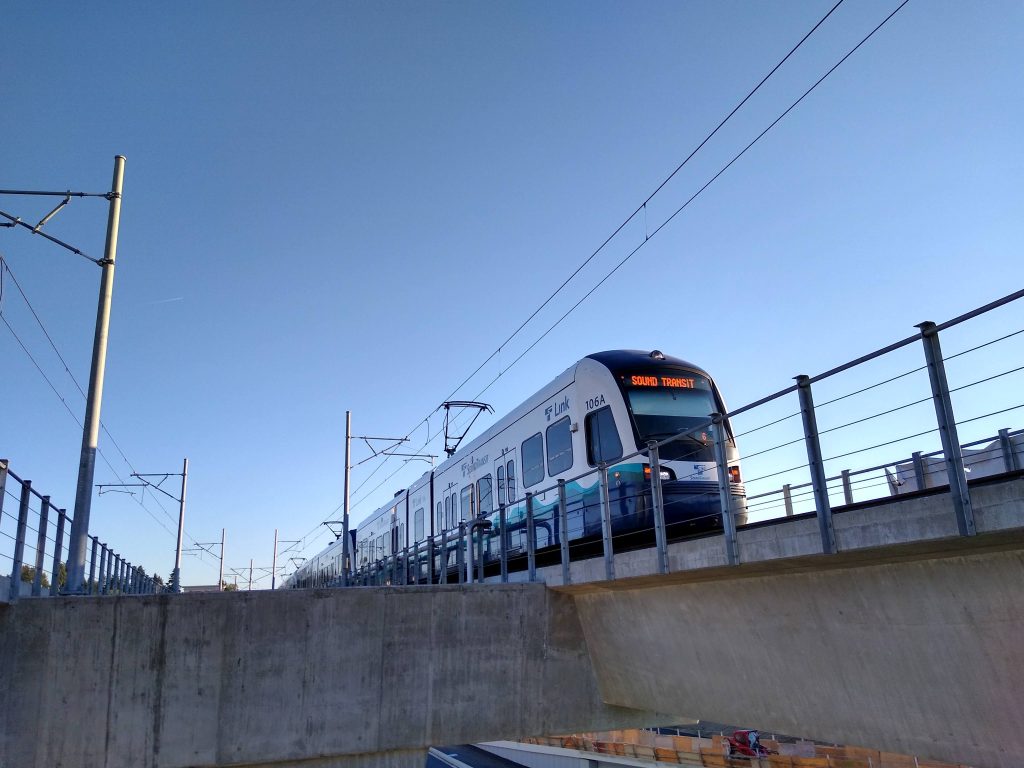
Ryan Packer has been writing for The Urbanist since 2015, and currently reports full-time as Contributing Editor. Their beats are transportation, land use, public space, traffic safety, and obscure community meetings. Packer has also reported for other regional outlets including BikePortland, Seattle Met, and PubliCola. They live in the Capitol Hill neighborhood of Seattle.

